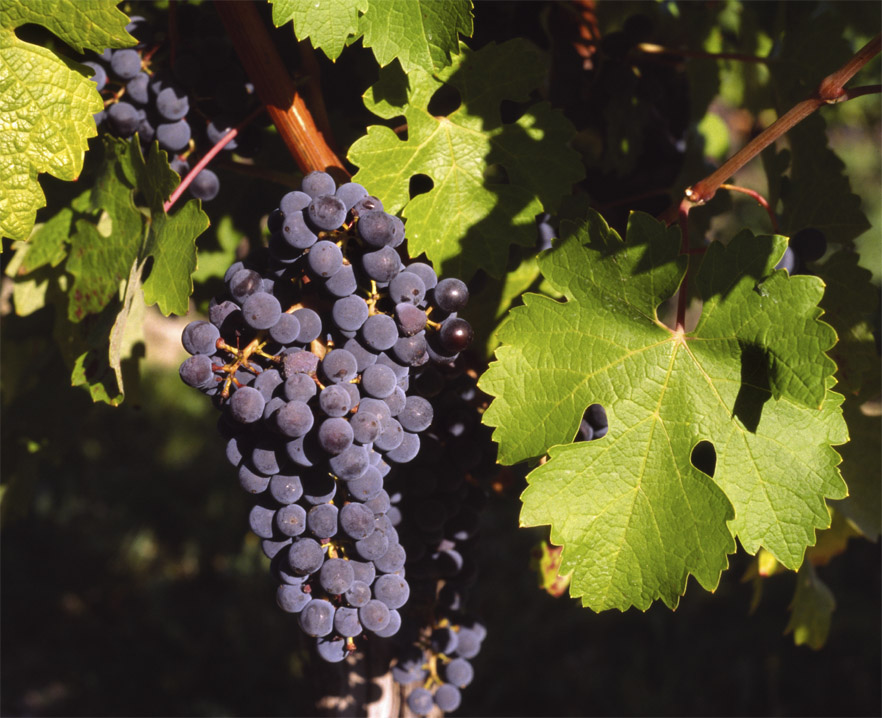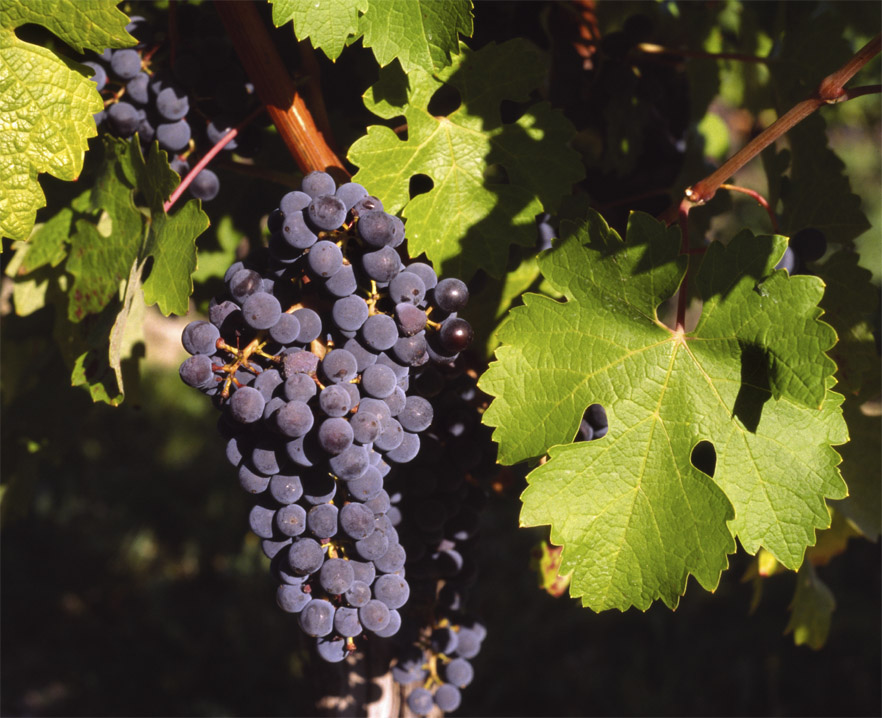
Uzbekistan
Grape
Vitis

General Description / Cultural Significance
The grape (Vitis) typically has a sturdy wood-ish vine climbing upwards on the base it has been planted on or near. In more arid regions, grape vines are sometimes akin to an erect shrub. In addition to their sweet fruit, grape leaves are used in many cuisines as a wrap for various fillings and a bed to steam foods on. With the arrival of Islam in the 7th century, most of the grapes in Uzbekistan are table grapes with less sugar and acidity than wine grapes.
Commercially, there are over 37 species of grapes that are grown and enjoyed in Uzbekistan alone and over 300 types overall. As the main wine distributor in central Asia, grapes have been established as one of Uzbekistan’s most highly regarded commodities.
As far back history is recorded, wild grapes have grown on fertile Uzbek soil. In fact, excerpts from scripture such as the holy book of Zoroastrians (1 B.C.) suggest grapes were prosperous and enjoyed widely even then.
In Uzbekistan, you can buy a variety of grapes from numerous bazaars and markets throughout the country, and throughout the rest of Central Asia. Though sold year-round, the price of the fruit is based entirely on the season. Grapes are a classic luxury in Uzbekistan, typically on the more expensive side. However, during the cold months when the grapes are susceptible to frost and extreme cold, their prices skyrocket while summer months see a higher supply and a slight price drop.
Climate Change / Conservation Status
For many centuries, the grapes in Uzbekistan have had a rollercoaster of success, decline, and destruction. While magnitudes of certain grapes continue to flourish, many of the more sacred wine grapes are specially cultivated by farmers who have access to proper materials, or knowledge of how to maintain them.
Grapes require sufficient light, water, and a support structure that the vines can climb up to avoid sagging or eventual breakage of the vine. Seeing as Uzbekistan currently sits at around 200 sunny days out of the year, most Uzbek table and wine grapes are not an immediate concern to be worrying about in terms of climate change.
Alternate Names:
Muscadine
Vinifera
Sources:
Mr. Olmagir Razzkov, Second Secretary, Permanent Mission of the Republic of Uzbekistan to the United Nations. Find the full statement on World Sensorium’s original website.
The Editors of Encyclopedia Britannica. “Grape.” Encyclopædia Britannica, Encyclopædia Britannica, inc., 10 Apr. 2024, www.britannica.com/plant/grape.
“How Red Listed Grapes Saved.” UNDP, United Nations Development Programme, 11 Dec. 2020, www.undp.org/kyrgyzstan/press-releases/how-red-listed-grapes-saved.
“Uzbek Grapes: Grape Growing and Winemaking in Uzbekistsan.” Erythrina Crista-Galli – Plant Finder, Central Asia Travel, www.missouribotanicalgarden.org/PlantFinder/PlantFinderDetails.aspx?taxonid=280318. Accessed 7 May 2024.

